Did you know that rare diseases have their day? Well, yes, and it was celebrated yesterday.
Every February 28 marks the "World Day of Rare Diseases" with the aim of publicizing the little-known affections, their causes and above all helping to get the treatment that patients need. According to the reports of the World Health Organization (WHO), rare diseases are those pathologies that have a low incidence on the population, currently affecting less than 50 people per 100 thousand individuals in the world. The date was selected as being considered a rare day, as it is the last day of February, which has fewer weeks than the other months of the year. The European Alliance of Associations of Patients with Rare Diseases (EURORDIS) has again chosen this year "research" as the central theme to be highlighted in the World Day of Rare Diseases.
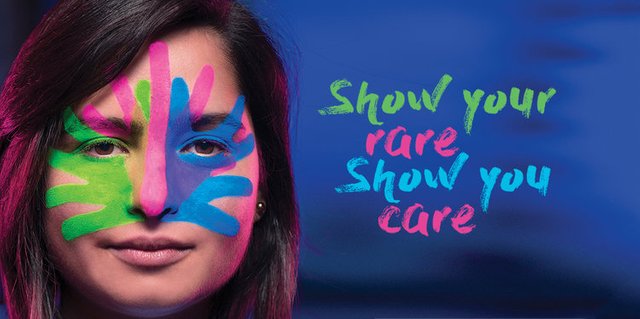
Source
For the most part, rare diseases are chronic diseases that cause great morbidity and premature mortality, as well as a high degree of disability and dependency. And is that 85% of rare diseases are chronic, 65% severe and invalidating and in almost 50% of cases affect the patient's vital prognosis.
These patients are those who present diagnoses such as: frequent infections (5 to 10 times a year) severe; in many cases they will need the Intensive Care Unit (ICU); Another case is that patient, with oral antibiotic therapy treatment that does not improve, which is why it is mandatory to hospitalize it to indicate endovenous treatment. Another symptom is that they suffer from opportunistic diseases; for example patients who have recurrent herpes, patients who have candidiasis, persistent diarrhea -which can last more than a month- without a known cause; cases that show more than two pneumonias a year and those that have a close family history that have had the diagnosed disease as such.
Likewise, 75% of those affected by a rare disease have some degree of dependency and more than 80% physical and/or emotional disability. 20% suffer from chronic pain and almost 50% of those affected need help for daily life, being those with diseases of the nervous system those that need more support in a greater number of areas.
Most of the rare diseases are of genetic origin and most are chronic long-term processes. Some are caused by infections or due to degenerative causes.
Others are due to environmental exposure during pregnancy or after birth. To all of us who have seen it, we have been impressed by the effort of a child to try to get up, climbing on himself with a Duchenne muscular dystrophy.
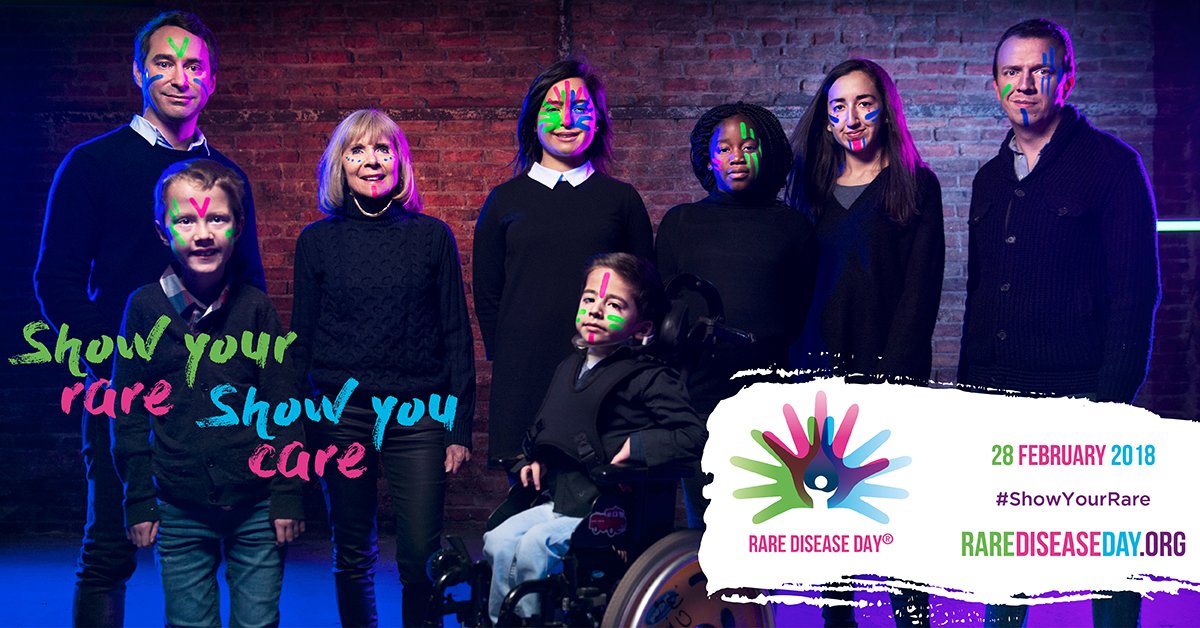
Source
The problem posed by this group of diseases is multiple. On the one hand, the number of people who suffer from them is scarce, so it is difficult to carry out scientific studies. On the other hand, the development of medicines is very expensive and complex, therefore pharmaceutical companies do not compensate them economically to invest resources in them.
As a result of all the above, millions of patients are without proper care and treatment. Due to this rarity, the medicines used for its treatment are called orphan drugs.
Every year, the Spanish Federation of Rare Diseases (FEDER) launches a campaign to raise awareness about the diseases included in this group with the aim of placing them as a priority in the social and health agenda. In Spain, more than 300 entities organize more than 200 activities within the framework of this day, although the campaign has so many activities that extend from January to March. According to the data of the institution, it is estimated that more than three million people in Spain have rare diseases. But what does a disorder need to be qualified as a rare disease? FEDER defines them as diseases that have a low incidence in the population: "to be considered rare, each specific disease can only affect a limited number of people, specifically when it affects less than five of every 10,000 inhabitants." According to the World Health Organization, there are about 7,000 rare diseases that affect 7% of the world population.
However, the percentages are not the same for all countries:
- In the European Union, any disease that affects less than one in 2,000 people is considered a rare disease.
- In the United States, a rare disease affects less than 200,000 people, that is, less than 0.06% of the population.
- In Japan, these are the ailments that affect less than one in 2,500 people.
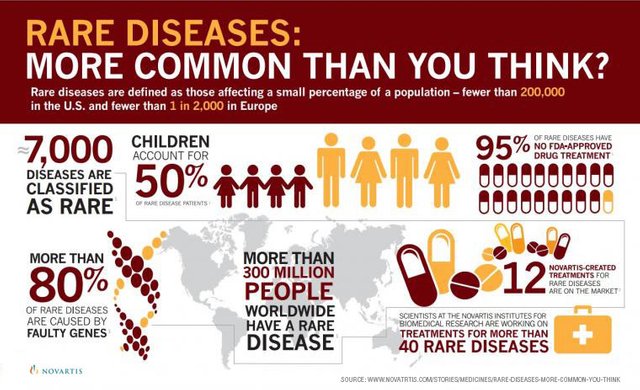
Source
Did you know that the day of rare diseases began to be celebrated in Europe and today it is celebrated all over the world?
That's right, 11 years ago it was celebrated the first day for rare diseases. It was an initiative of European organizations that sought to give visibility to those diseases with fewer people affected or less frequent. Many of these diseases were even so unknown that no one had heard of them, not even doctors, in some cases.
Little by little, thanks to research, and to unite and find people who suffer from them internationally, you can guide patients and families, and give an answer, something that was previously unthinkable.
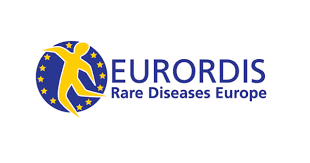.png)
Source
Mottos
Every year a motto is chosen that will be treated throughout the year and especially on the World Day of Rare Diseases. Throughout the last years the motto of this day has been:
- 2017: "With research, the possibilities are unlimited"
- 2016: "Voice of the Patient"
- 2015: "Living with a rare disease: day by day, hand in hand"
- 2014: "Quality of life"
- 2013: "Rare Diseases without Borders"
- 2012: "Solidarity for families"
- 2011: "For Equal Opportunities for people with rare diseases"
- 2010: "We know what we want: Minor diseases, a social and health priority!"
- 2009: "Rare Diseases, a priority of Public Health"
As it is celebrated?
There are a large number of activities carried out on this day to raise awareness of the serious problem of this type of disease. All these activities share the defense of the rights of families.
It is intended that this awareness reach both citizens around the world as well as the public, national and regional administrations. Among the activities that are carried out are:
- Participate in social networks.
- The race for the hope of families.
- Collect money through various activities.
- Send a donation through a mobile message.
- Walk for the World Day of Rare Diseases.
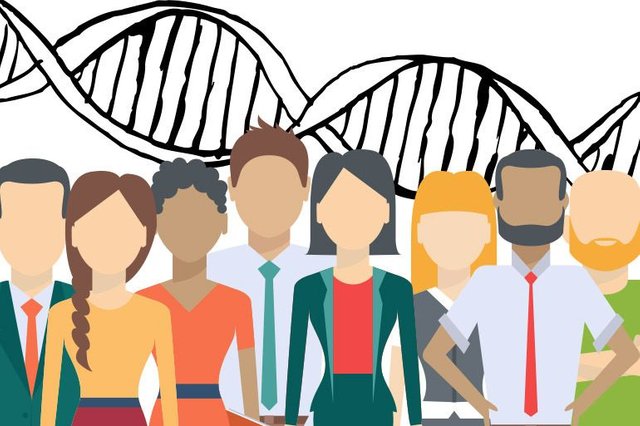
Source
Facts you should know about rare diseases
- It is considered a rare disease when it affects 1 person between 2000
- 80% are of genetic origin
- More than half are serious and incapacitate the person for their daily life
- Around half develop and give face in childhood
- Financing is very important to support research
What are some of these rare diseases?
There are many pathologies that can be included with this definition, today we bring here some examples:
- Acromegaly. Pathology in which the growth hormone is produced in greater quantity than necessary. In case of adults, they no longer grow in height, but parts of their body, bones and internal organs grow. It should not be confused with gigantism.
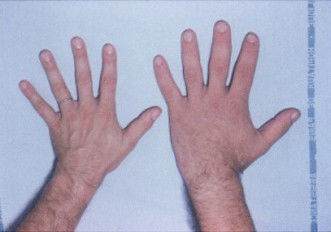
Source
- Dystonia is the generic name of a set of neurological diseases as well as their symptoms. These, or physical manifestations, consist of sustained contractions of muscles in one or more parts of the body.
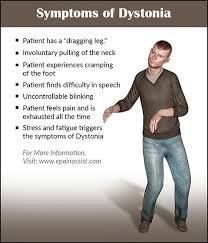.jpg)
Source
- Amyotrophic Lateral Sclerosis, known as ALS, is a rare disease that affects the neurons that take care of the voluntary muscles, causing them to degenerate in a degenerative way until paralyzing them.
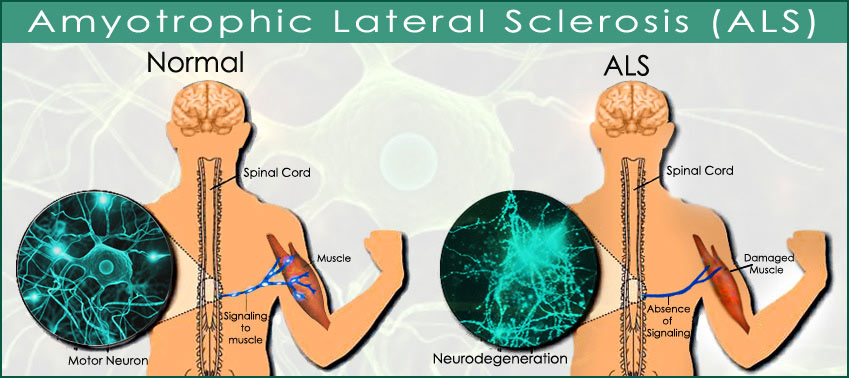
Source
- X fragile syndromes. Fragile X syndrome (FXS, for its acronym in English) is a genetic disorder. Causes intellectual disability in various degrees.
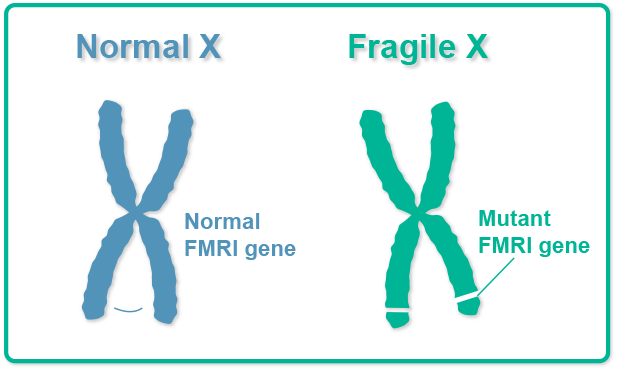
Source
These diseases are also associated with a complex situation for psychological well-being since three-quarters of those affected have sometimes felt discriminated by their illness: mainly in leisure (32%), but also in education (30% ) and in activities of daily life.
The issue of rare diseases, is of great interest as a health problem, because although they do not constitute frequent ailments, the fact that they suffer minority groups of the population the most eloquent example constitutes ultra-high diseases, does not detract, They are people who suffer and suffer from conditions for which there are no specific treatments. On the other hand, doctors must have knowledge about such diseases, to be able to investigate in the population, the possible presence of these.
References.

Disclaimer: I am just a bot trying to be helpful.